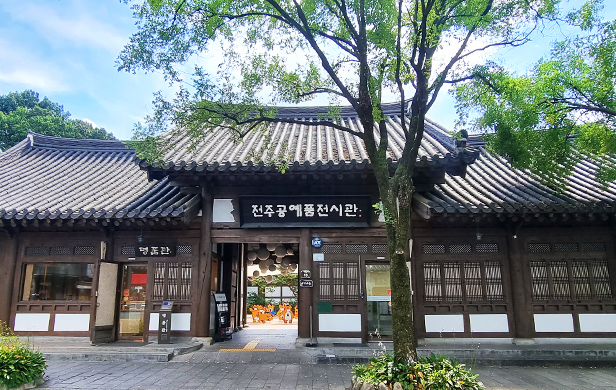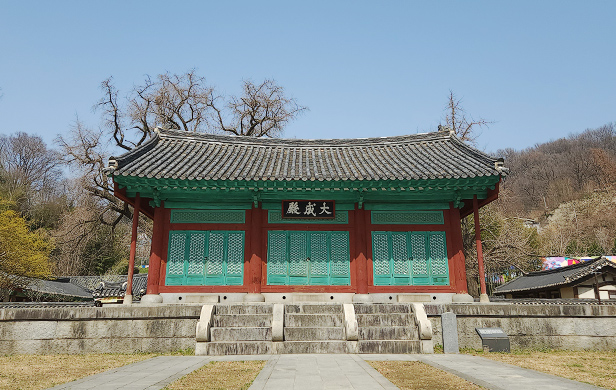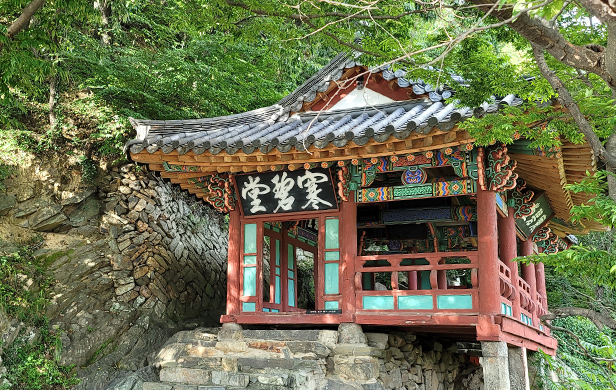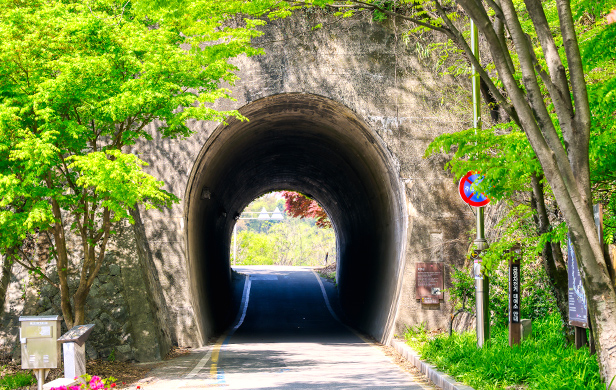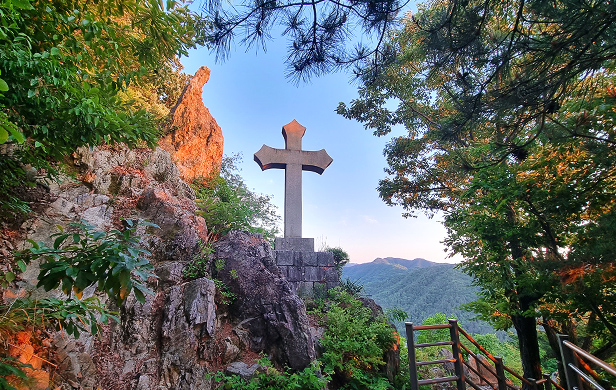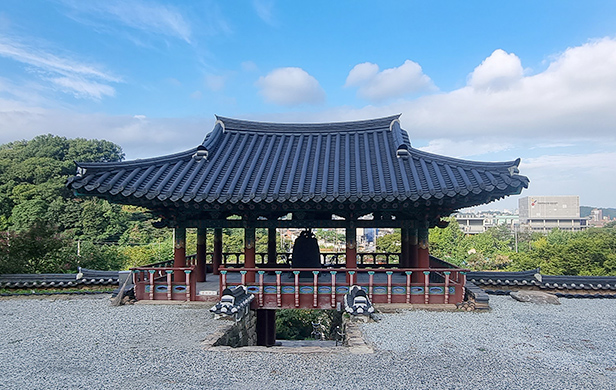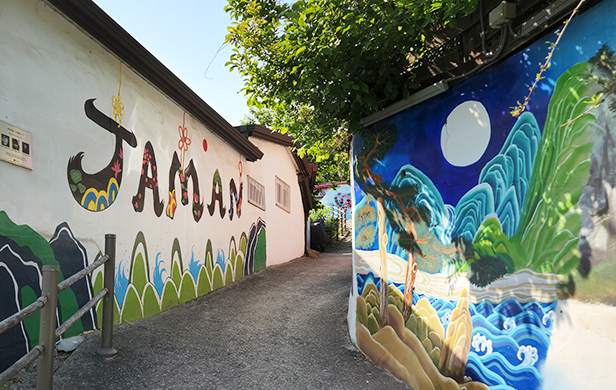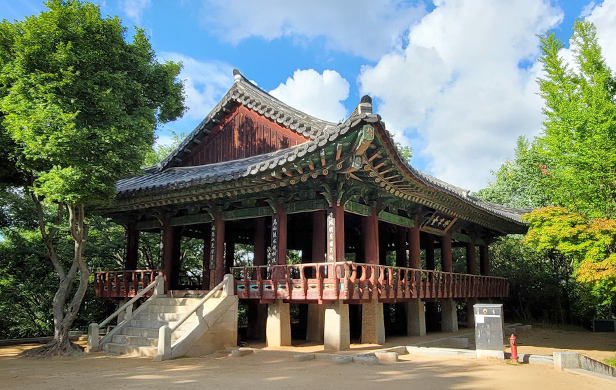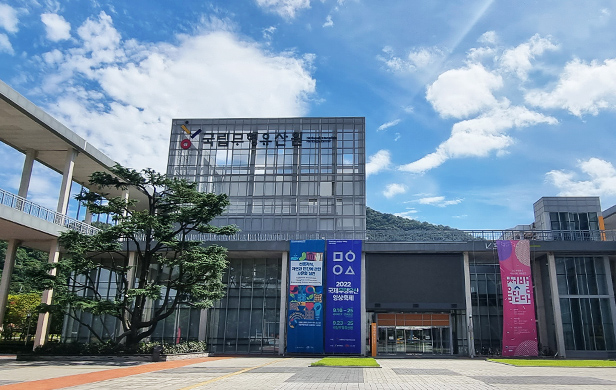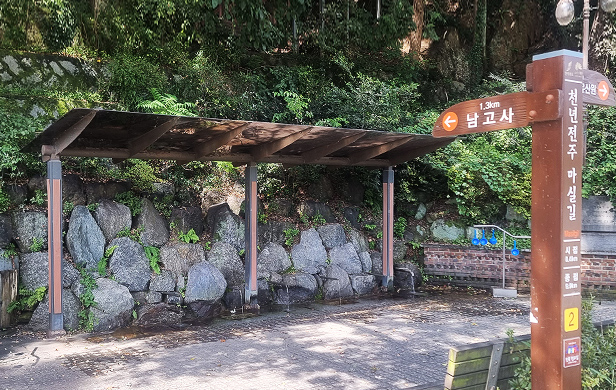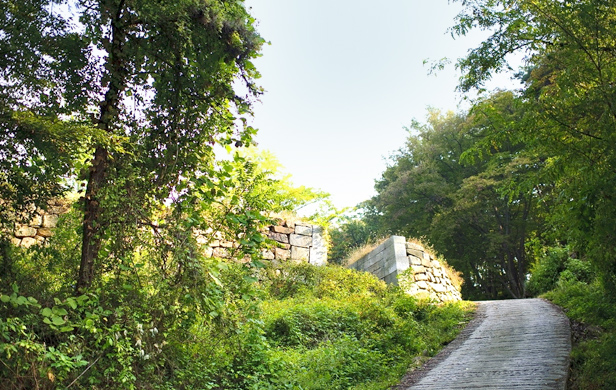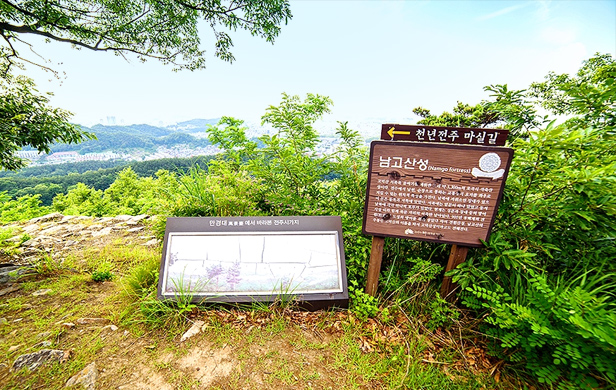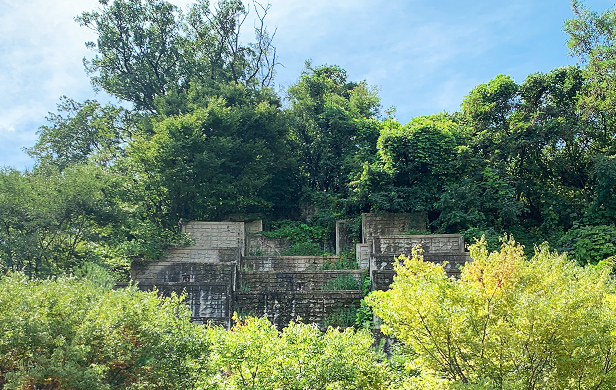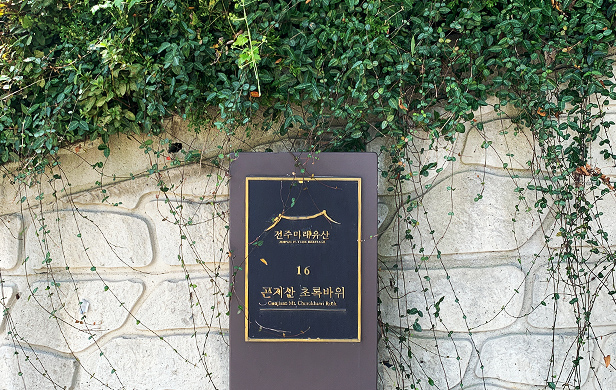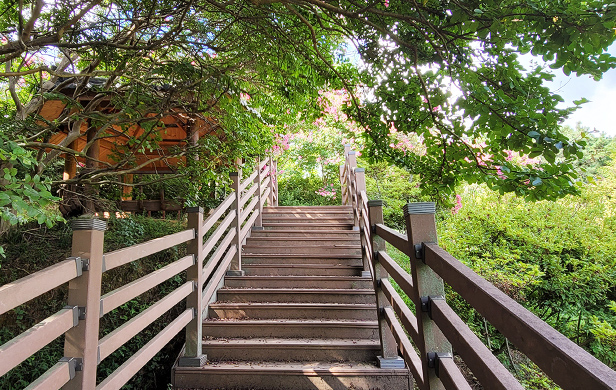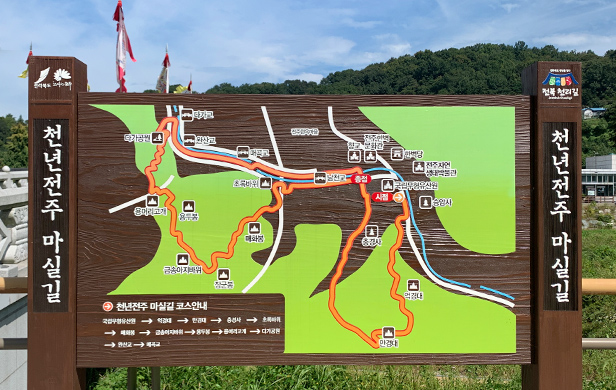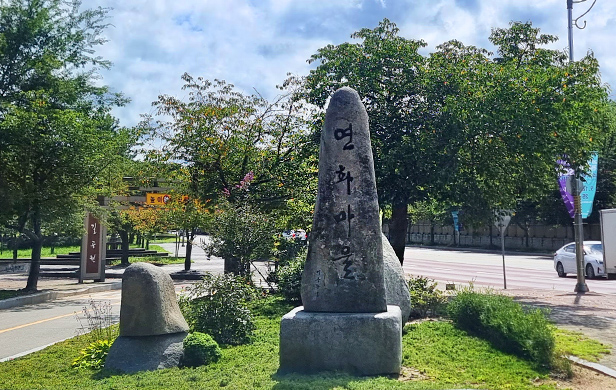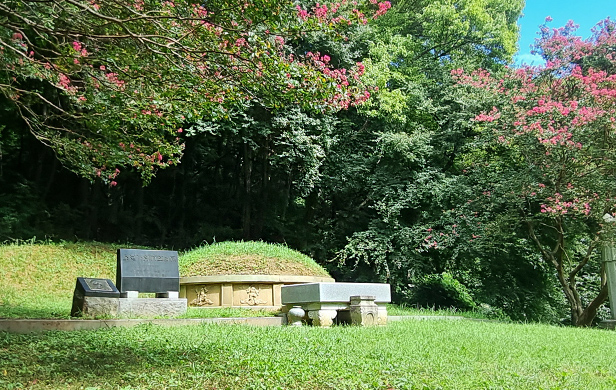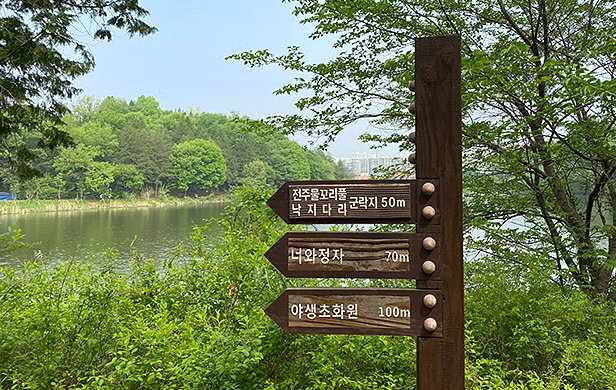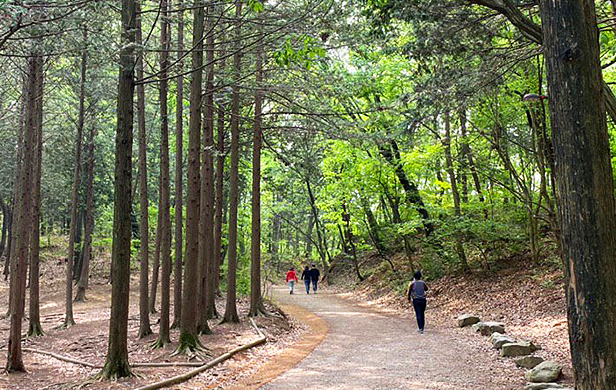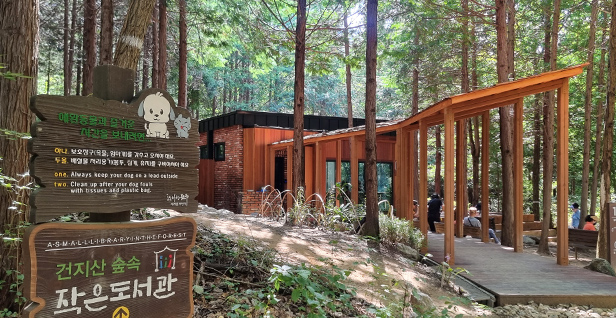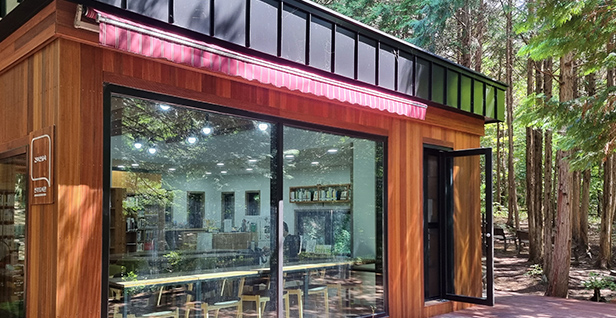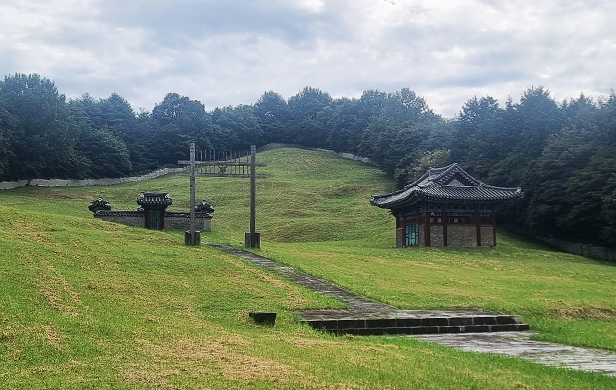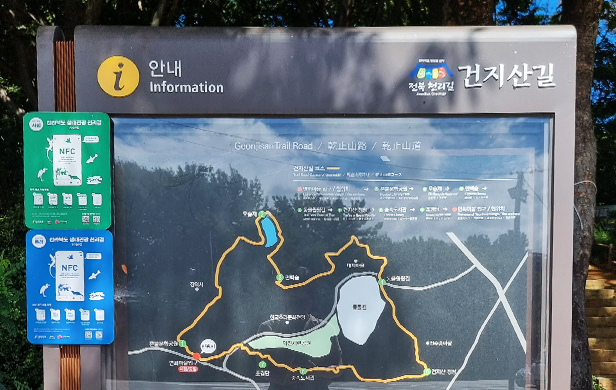Together with culture, history and nature
that connects attractions all over Jeonju!
Jeonju Cheonligil Tour
Jeonju boasts the grand history of Jeonju, such as 'Honamjeilseong, a city where tradition and culture are alive, Pungpaejihyang(the birthplace of the dynasty), a perfect town, and the heart of Korea'.
There are so many modifiers that describe the city.
Since ancient times, Jeonju has been one of the towns that extend to Jeolla-do.
The land is fertile, there are no harsh mountains, and the people are docile and full of courtesy and compassion.
So, the name of this ‘complete town (Ongoeul)’, Jeonju, shines.
The Jeonju Cheonligil Tour is composed of a course that allows you to see the beautiful and enjoyable city of Jeonju in detail.
While you can get a glimpse of Jeonju’s proud tradition and youth through ‘Hanok Village Dullegil’,
‘Cheonjeonju Masilgil’ offers a view of Jeonju as it is, and ‘Geongeonsangil’ offers the beautiful natural ecology and dynasty of Jeonju. You can meet the Jogkyungdan, which has a symbolic meaning as the beginning of a dynasty.
Let's take the first step into Jeonju with the feeling of passing
through the Honamjeilmun Gate, the beginning of Jeonbuk Cheonli-gil.
A leisurely tour of culture and historyHanok Village Dullegil(Jeonju 1st Road)
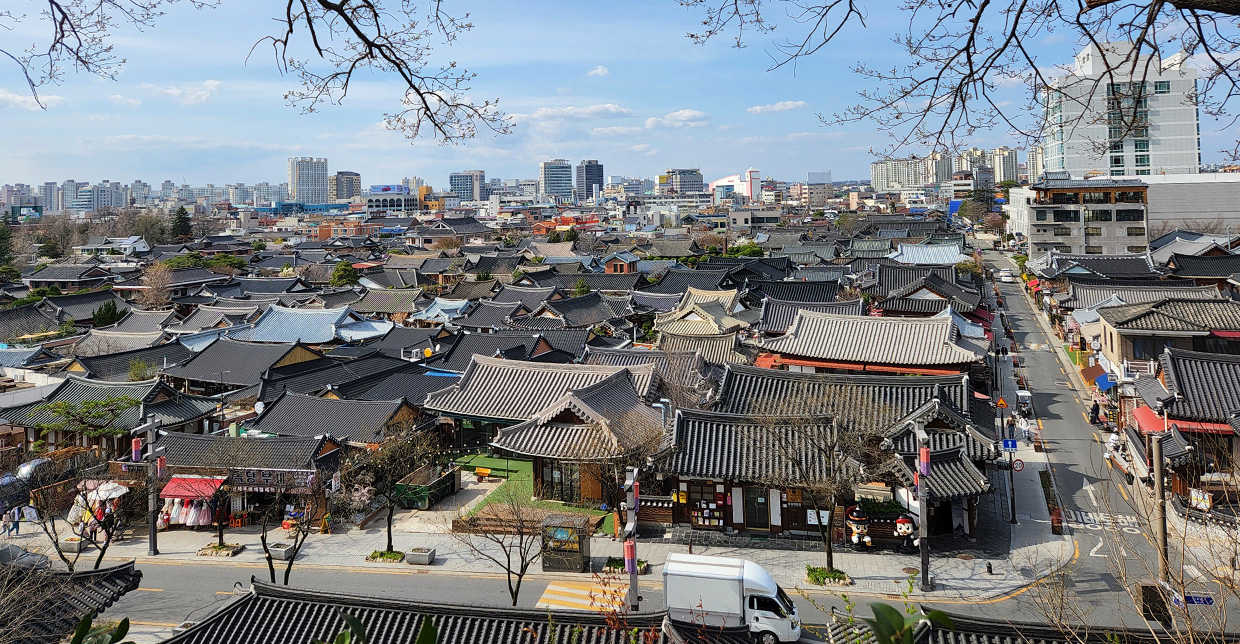
Many tourists still come to Jeonju Hanok Village, a representative tourist destination that comes to mind first when they hear ‘Jeonju’, and enjoy the taste and taste of Jeonju. There are many places where you can feel the true beauty of Hanok Village if you look around a little bit from the famous food alleys. The ‘Hanok Village Dullegil’ is a course that allows you to see various cultural heritages and attractions in Jeonju around the Hanok Village and along the Jeonjucheon Stream. If you are a traveler planning to visit Jeonju Hanok Village, we recommend that you experience Jeonju alone along the ‘Hanok Village Dullegil’ rather than the obvious trip.
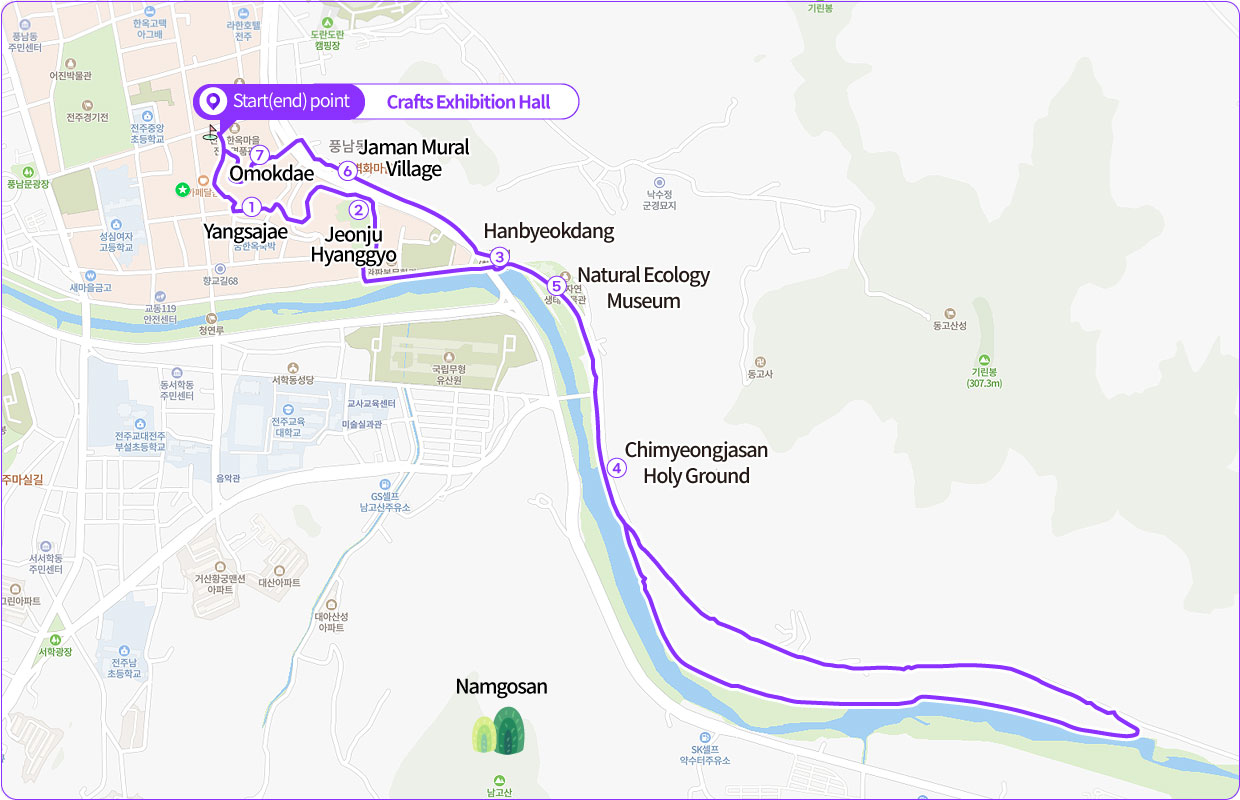

The ‘Hanok Village Dullegil’, which starts at the Jeonju Crafts Exhibition Hall, begins with an elegant narrow alley away from the center of the bustling Hanok Village. Yangsajae, which is soon facing, catches the eye with a wall patterned with red clay(ocher) and roof tiles and a quiet Hanok seen beyond. ‘Yangsa’ means ‘to nurture scholars’. Currently, it has been designated as ‘Jeonju Future Heritage 29’ and is being used as a multicultural cultural space where tourists can experience accommodation. The nearby ‘Jeonjuhyanggyo’ has been transformed into a place to introduce traditional culture to citizens, such as a Pansori performance, as a place for government education in the past. In addition, as a filming location for dramas such as 'Red End of the Sleeve' and 'Yeonmo', it has become a sacred place for K-series dramas, and it is also a tourist attraction that tourists do not stop visiting from Hyanggyo to Ginkgo trees with hundreds of years of history.
A full-fledged stream begins when you walk along the Jeonjucheon Stream, where the cool breeze catches the eye and the wonderful atmosphere catches the eye. The clear water flows coolly through citizens' efforts to improve water quality, and if you are lucky, you can also see an otter, a natural monument. As you walk along the road, you will come across Hanbyeokdang, where the roots of zelkova trees surround the rocky cliff and the harmony between the lofty pavilion and the scenery is beautiful. It's still early to take a break, but I hope you don't miss the scenery of Jeonjucheon Stream seen from the pavilion. Hanbyeokgul Cave, right behind it, has become famous as the filming location of the drama 'Twenty-five, Twenty-One', and tourists are lining up to take a photo. This is a tunnel that was drilled when the Jeolla Line railroad was laid during the Japanese colonial period, and the railroad road is now named ‘The Windy Road’.
If you go up about 700m further along the road, you will come to Chimyeongjasanseong Holy Site and Seungamsa Temple. 'Chimyeong' is another word for martyrdom, and the Chimyeongjasan Holy Site(Shrine) is an important place in Catholicism along with Jeondong Catholic Church. In addition, even non-religious people can stop by to receive healing in nature, and the flower path from the entrance to the summit and the view from the top are beautiful, making it a popular tourist attraction. Seungamsa Temple was founded by Doseonguksa during the reign of King Heongang of Silla.
If you keep walking with a heavy lingering impression on the religious beliefs of the old people, you will soon pass by the entrance of Saekjang Village, which marks the turning point of your journey. At the Jeonju Nature Ecological Museum, you can find the ecological value of Jeonjucheon and the various animals and plants that live in Jeonjucheon. When you return along the road, you will stop by the Jaman Mural Village, which is full of cute shops and interesting murals. Perhaps it is because of the colorful murals, the atmosphere suddenly changes, and the excitement rises again. Go around the village, cross the bridge, and climb the Omokdae Hill at the end of the journey. Omokdae is the highest point in the Hanok Village Dullegil, where Yi Seong-gye enjoyed victory over the Japanese during the Goryeo Dynasty. For this reason, it is also a place where you can take in the entire view of Jeonju at a glance, so it is a perfect place to enjoy the end of your itinerary. After that, if you go down the wooden stairs, you will reach the last place, the Jeonju Craft Exhibition Hall.
A thousand year old city to meetMillennium Jeonju Masilgil(Jeonju 2nd road)
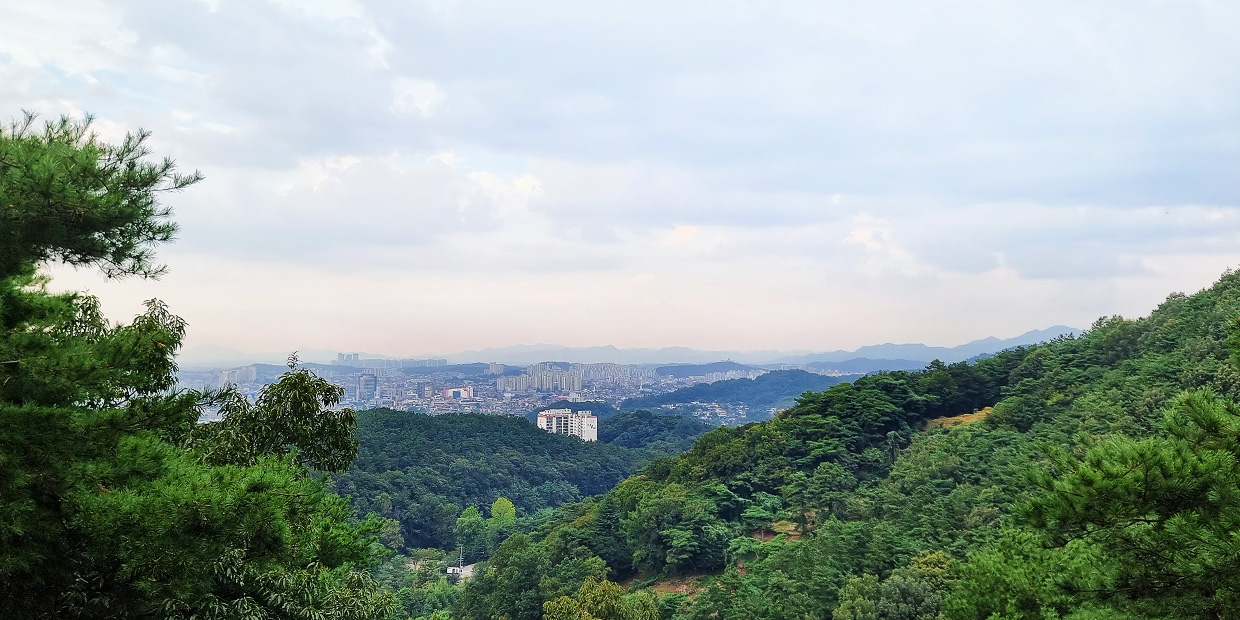
‘Masilgil’ means going to the neighborhood, and if you walk comfortably and lightly, you will meet places of ecological, historical and cultural value. The 'Cheonjeonju Masilgil' is a course that takes a total of 5 hours, starting from the National Intangible Heritage Center, and in half a day, you can fully feel the ancient city of Jeonju, a thousand-year-old from Baekje to the Joseon Dynasty to the present day. This course is the easiest way to travel around Jeonju Hanok Village and Nambusijang Market from September to late autumn. If you are a traveler with a lot of spare time on your itinerary, it is good to walk along the Hanok Village Dullegil (Jeonju 1st road).
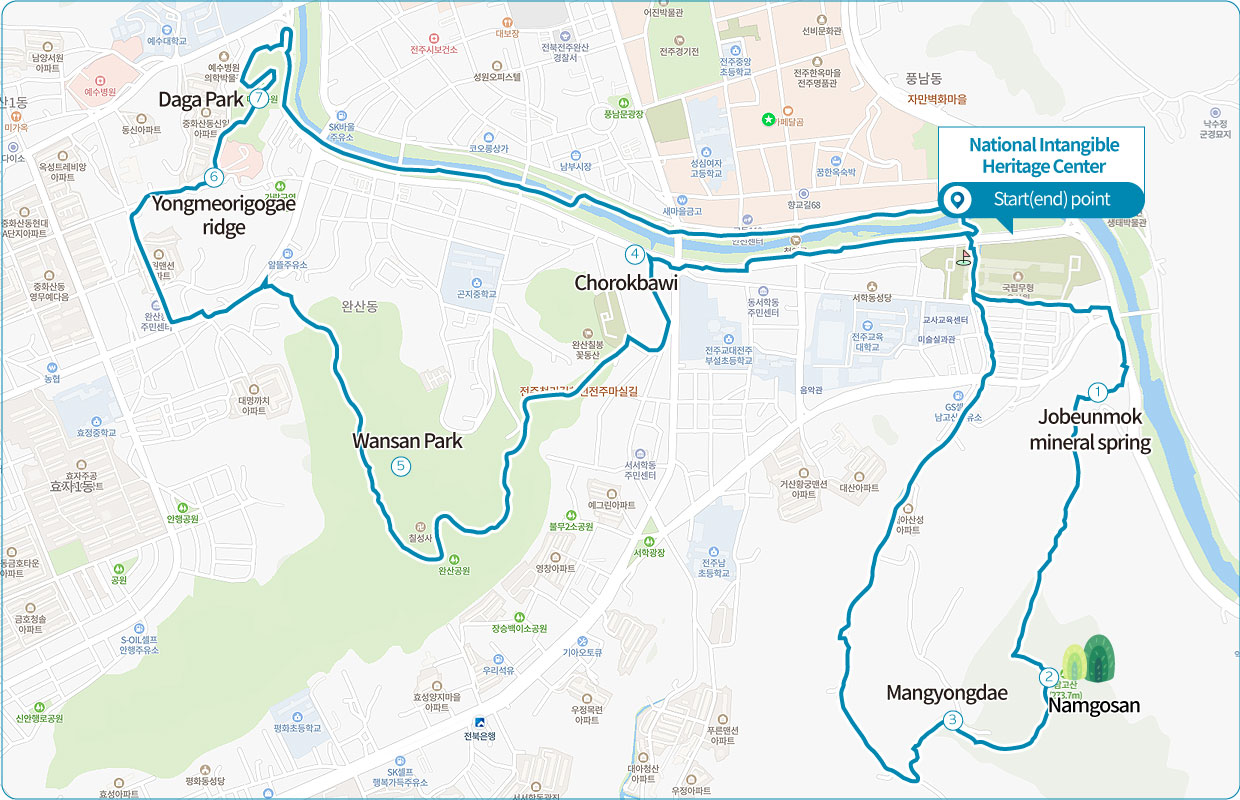

The National Intangible Heritage Center was established in 2013 to preserve the intangible cultural heritage of mankind and pass it down to future generations. It would be good to start the tour after enjoying the exhibition according to the schedule. At the magnificent National Intangible Heritage Center, lace up your sneakers and walk towards Jobeunmok mineral spring. In order to climb Namgosan mountain, a fairly high ridge, you need to prepare yourself by soaking your throat in the rippling water from the mineral spring.
The majestic and friendly earthy stone Namgosanseong Fortress that blends with the lush Namgosan Mountain was built by Gyeonhwon to defend Jeonju, the capital of the Later Baekje Kingdom, and was built by Lee Jeongran, who served as Buyun(officer) in Jeonju during the Imjin War(Japanese invasions of Korea), as a fortress that was repaired to defend the Japanese army. With a desperate heart, my steps slow down. If you stand on Mangyeongdae along the mountain path reminiscent of a natural fortress with a rising rock, you can see Jeonju in the distance. The expansive scenery takes your breath away and reminds you that it was a good thing to come here.
Passing through the National Intangible Heritage Center, the start point, we meet Chorokbawi(Green Rock) at the foot of Gonjisan mountain. Chorokbawi(Green Rock), created by the meeting of the rock wall and the river wind and making moss, is a place steeped in the heartbreaking history of Catholicism and the Donghak peasant army, and is Jeonju Future Heritage No. 16. As the name suggests, the bluish color of the cliffs and the dense forest is both exotic and wonderful.
From there, the road continues to Wansan Chilbong, facing Wansan Park, which is famous for its splendid scenery and greenery in all four seasons, passing Yongmeorigogae ridge, which was also a battleground between the Donghak peasant army and the government army, and meets Daga Park, which was a martial arts training center and archery site during the Joseon Dynasty. Daga Park is a park in the heart of the city that embraces the eight scenic views of Jeonju. Finally, walking towards the final destination, the National Intangible Heritage Center, we look back on the history of Jeonju from Baekje to the Joseon Dynasty to the present.
Jeonju's nature and cultureGeonjisangil(Jeonju 3rd road)
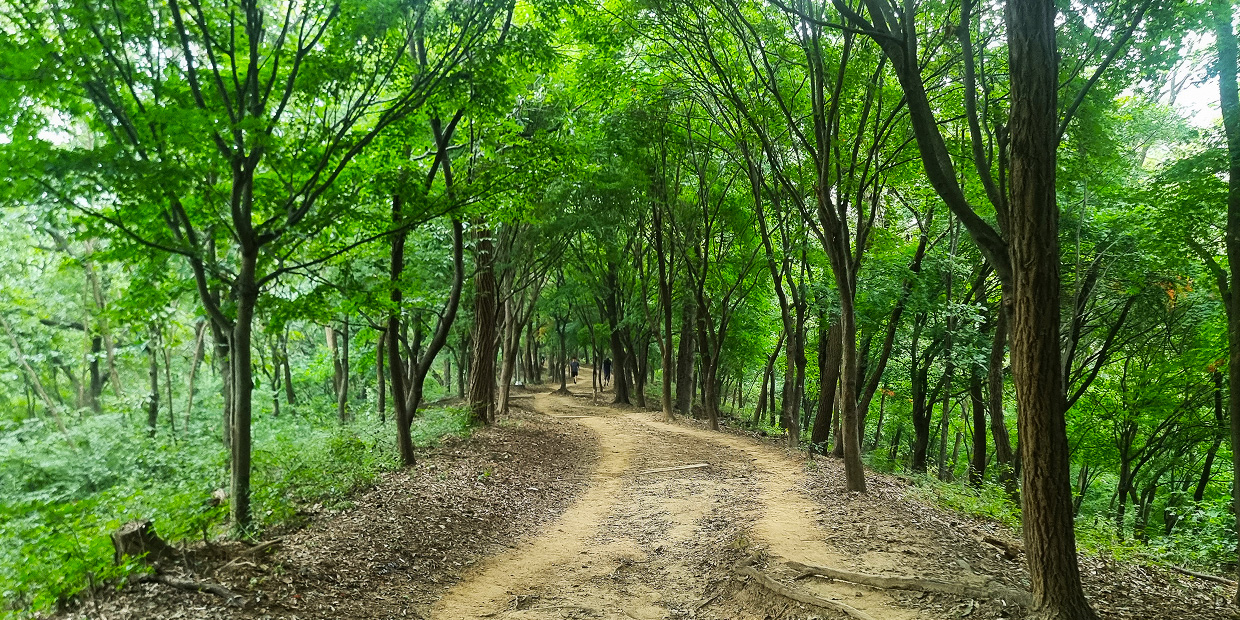
The blue sky that is quite high, the puffy clouds that make you want to travel when you look at it, and the fresh wind that blows gently make us want to enjoy nature that we have forgotten in our busy daily life for a while. If you agree with this statement, you are hungry for the 'Geonjisangil'. Geonjisan mountain is the origin of the Joseon royal family and is famous as a treasure trove of ecology. In addition, it is a friendly mountain that is not suitable for the keyword of mountaineering because it is easy to walk because of its low altitude and lack of steep paths. You can easily go around Geonjisan mountain by walking on the Guonjisan Trail course, and Jeonju Zoo, Chonbuk National University Daehak-ro, and Deokjin Park are nearby, so it is good to include it in the tour course and enjoy it.
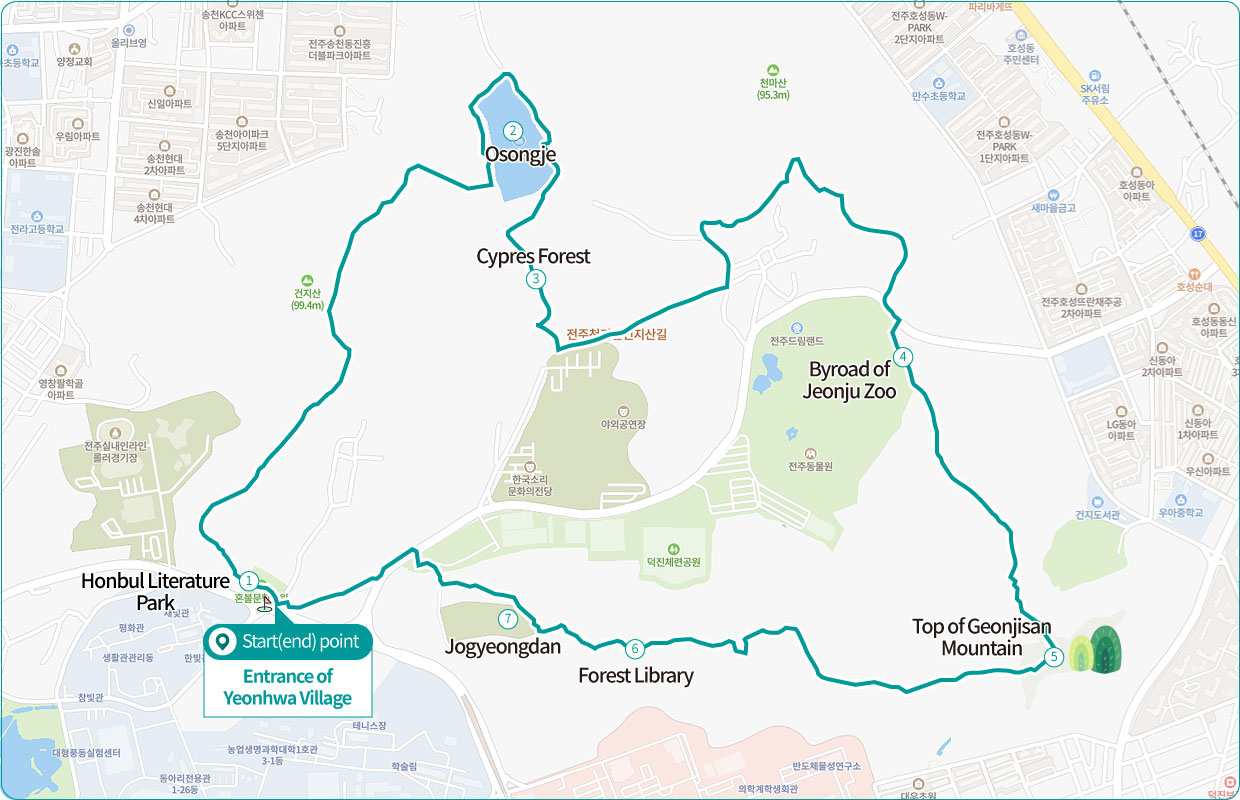

The journey of Geonjisangil begins at the entrance of Yeonhwa Village, along with the vivid nature of Jeonju’s Geonjusan Mountain Trail. A signboard on the other side of the friendly village monument gives a hint to come this way. We enter the forest through about 20 low stairs that looked like a full-fledged entrance. If you walk along the road as if bewitched while appreciating the lush leaves stretching straight up to the sky and the blue sky in between, you will arrive at Honbul Literature Park. A novelist Choi Myung-hee is sleeping here, and my heart is reverent for a while. The passages of the novel ‘Honbul’ are engraved everywhere, so you can take a break while feeling the literary emotion.
Osongje, which you can meet with throbbing steps, is a place with a well-preserved ecological environment that embraces Nakjidari(octopus legs) and Jeonju Mulkkoripul(watertail grass), which are rare plants found only in about 10 places in Korea. Above all, there are many young people who visit to take pictures of their lives by providing a peaceful and beautiful scenery. Next, there is a cypress forest in the middle of the road that has been hardened by the footsteps of many citizens, so you can take a break with the subtle scent of cypress. In addition to cypress trees, cypress trees and cypress trees also live here, so it is a fun factor to look around and observe.
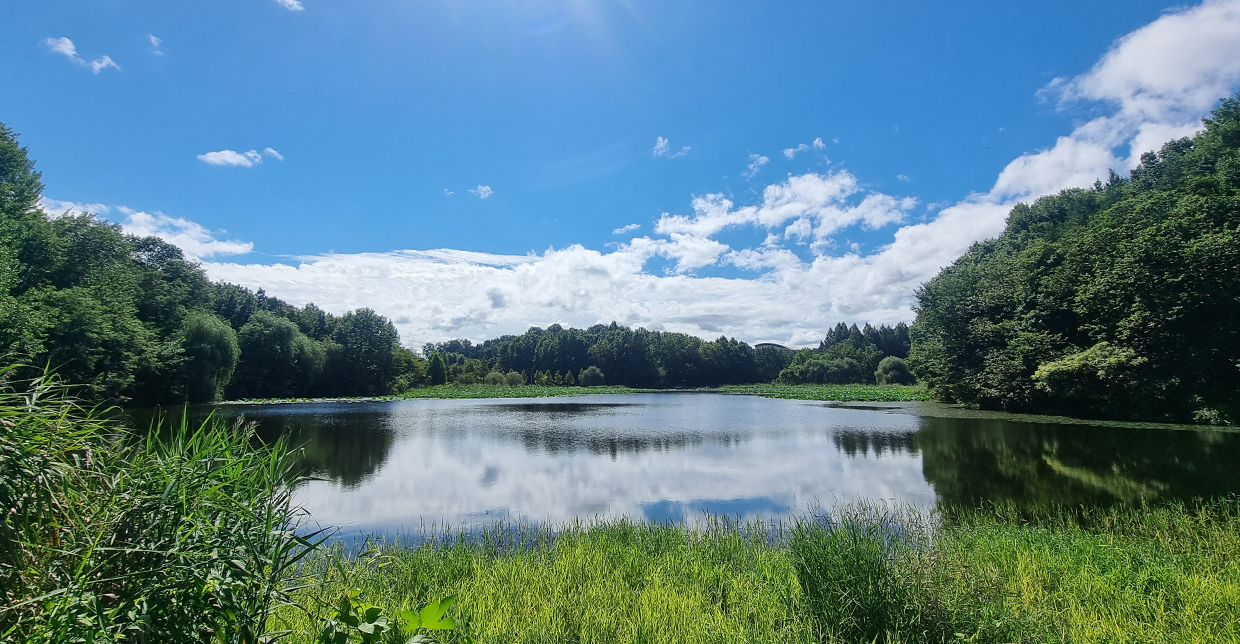
After that, you can enjoy forest bathing while walking on a shallow uphill along the back road of Jeonju zoo until you reach the top of Geonjisan mountain. From the top, you can enjoy the full view of Jeonju city in your eyes. On the way down, the library in the forest, which is attractive from its location and appearance, stimulates curiosity. Although it looks small, it has about 3,000 books, and the view from the window and the experience of reading a book in the middle of the forest will be a unique memory.
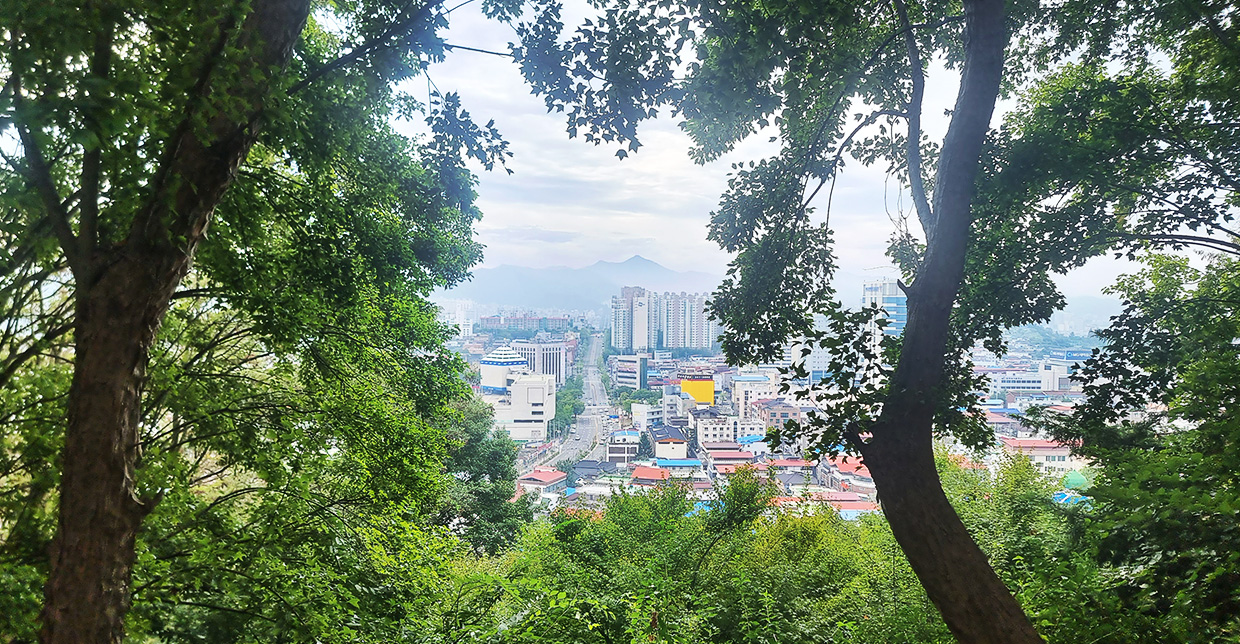
After walking about 500m, you will see Jeollabuk-do Monument No. 3, Jogyeongdan. Jogyeongdan is the tomb of Lee Han, the founder of the (famous surname) Lee clan in Jeonju. Along with Gyeonggijeon, it is a meaningful place that symbolizes Jeonju as the birthplace of the Joseon Dynasty. You can see the subtle beauty of traditional architecture, as well as learn what the gift of a dense forest is. Returning to Yeonhwa Village and visiting various cultural facilities around it will also give you a different kind of fun.
Data source and reference site
-
Cheonli-gil representative website[Jeollabuk-do Eco-tourism] https://www.jb-ecotour.org/main
![[2022.09] Jeonju Cheonligil Tour](/upload_data/board_data/BBS_0000025/166780466937566.jpg)
